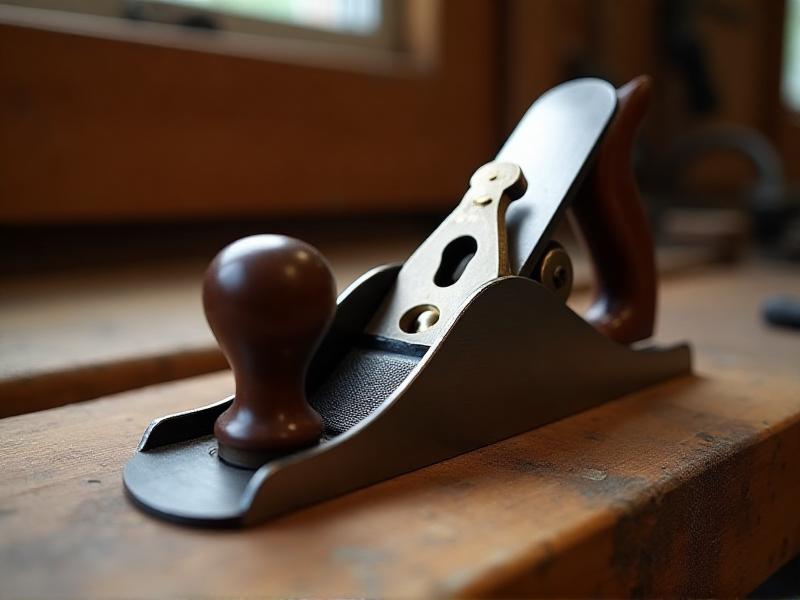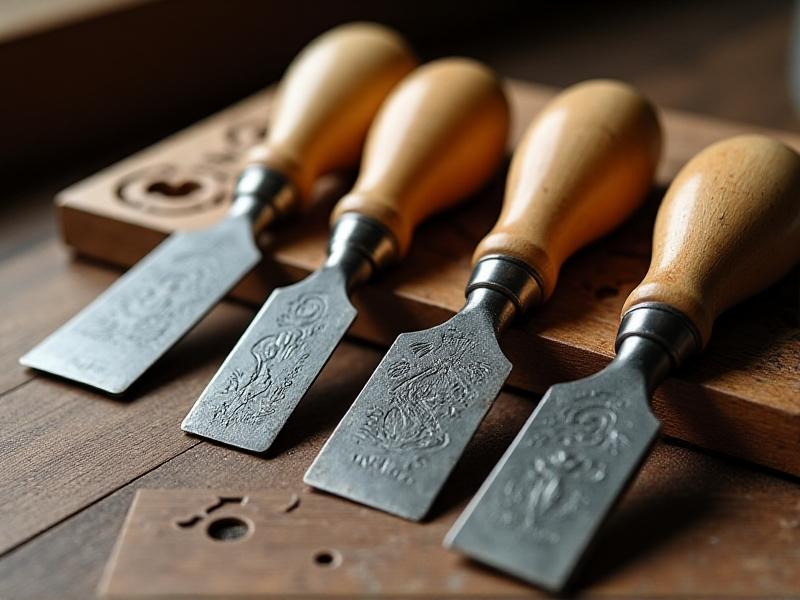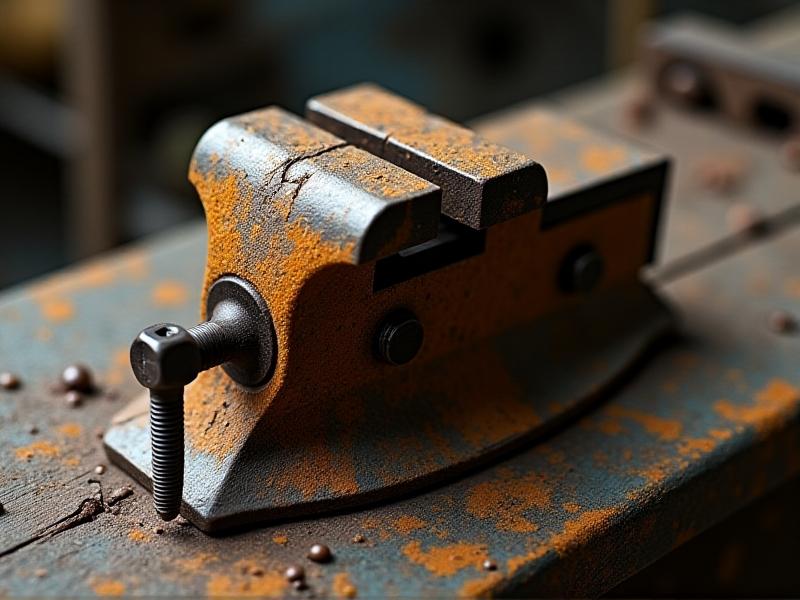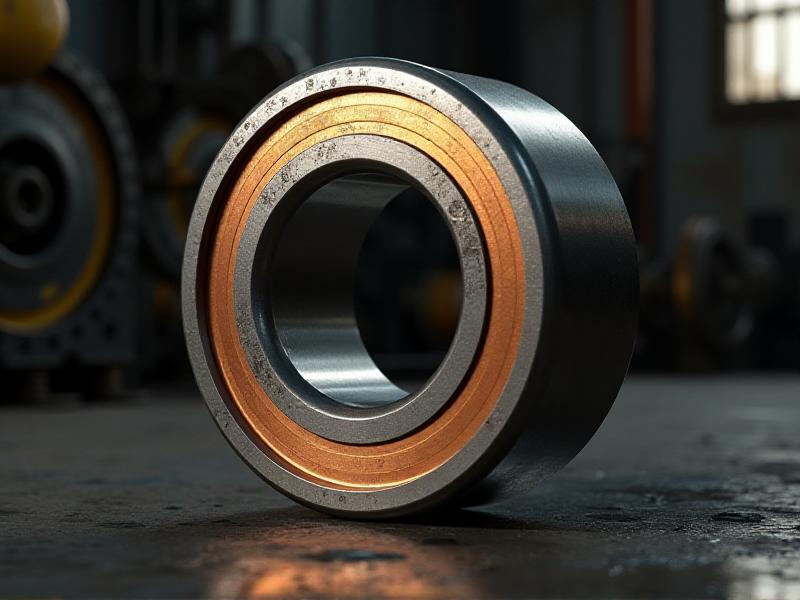UV Light Detection of Hidden Tool Repairs
The Science Behind UV Light Detection
Ultraviolet (UV) light detection is a fascinating scientific method that has found its way into various industries, including tool repair. UV light, which is invisible to the human eye, can reveal hidden details that are otherwise impossible to see under normal lighting conditions. This is because certain materials, such as adhesives, paints, and coatings, fluoresce when exposed to UV light. When these materials are used in tool repairs, they can be detected using UV light, making it an invaluable tool for inspectors and technicians.
The principle behind UV light detection is relatively simple. When UV light strikes a fluorescent material, it excites the electrons within the material, causing them to emit visible light. This emitted light is often a different color than the surrounding area, making it easy to spot. For example, a repaired crack in a metal tool might be nearly invisible under normal light, but under UV light, the adhesive used in the repair could glow brightly, revealing the hidden fix.
Understanding the science behind UV light detection is crucial for anyone involved in tool inspection or repair. It allows for a more thorough and accurate assessment of a tool's condition, ensuring that any hidden repairs are identified and evaluated properly. This, in turn, can help prevent accidents and equipment failures, making UV light detection an essential tool in the industry.

Applications of UV Light in Tool Inspection
UV light detection has a wide range of applications in the field of tool inspection. One of the most common uses is in the detection of hidden repairs in tools and equipment. For example, in the automotive industry, UV light can be used to inspect engine parts for cracks or other damage that may have been repaired. Similarly, in the construction industry, UV light can be used to inspect tools such as drills and saws for signs of wear or damage that may have been concealed.
Another important application of UV light detection is in the quality control process. Manufacturers can use UV light to inspect tools and equipment for defects that may not be visible under normal lighting conditions. This can help ensure that only high-quality products reach the market, reducing the risk of equipment failure and improving overall safety.
UV light detection is also used in forensic investigations. In cases where tools have been used in criminal activities, UV light can be used to detect traces of blood, fingerprints, or other evidence that may have been left behind. This can provide valuable clues that help investigators solve crimes and bring perpetrators to justice.
Overall, the applications of UV light in tool inspection are vast and varied. From detecting hidden repairs to ensuring quality control and aiding in forensic investigations, UV light detection is an essential tool in many industries.
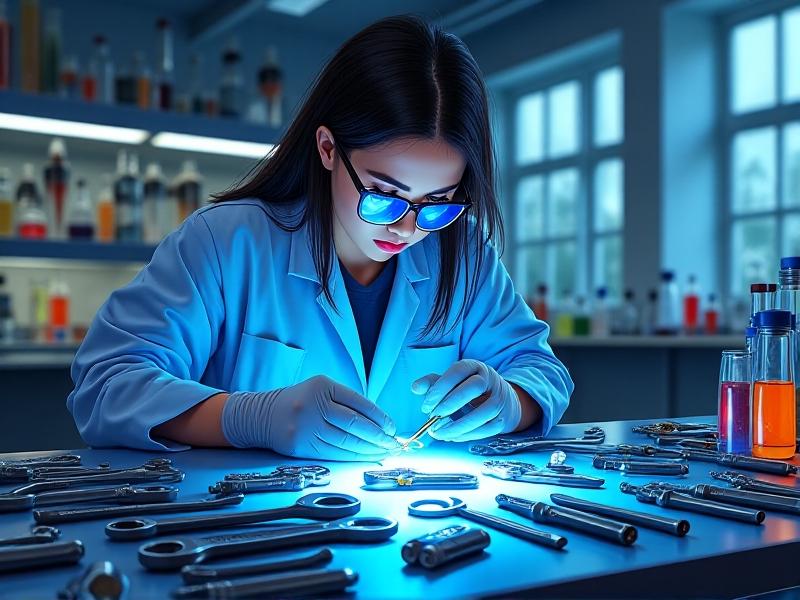
Advantages of Using UV Light for Hidden Repairs
One of the primary advantages of using UV light for detecting hidden repairs is its ability to reveal details that are otherwise invisible. This is particularly useful in industries where the integrity of tools and equipment is critical, such as aviation, automotive, and construction. By using UV light, inspectors can identify repairs that may have been done improperly or with substandard materials, ensuring that tools are safe and reliable.
Another advantage of UV light detection is its non-destructive nature. Unlike other inspection methods that may require disassembling or damaging the tool, UV light detection can be done quickly and easily without altering the tool's condition. This makes it an ideal method for routine inspections and quality control processes.
UV light detection is also highly versatile. It can be used on a wide range of materials, including metals, plastics, and composites. This makes it suitable for inspecting a variety of tools and equipment, from simple hand tools to complex machinery. Additionally, UV light detection can be used in various environments, from controlled laboratory settings to outdoor construction sites.
Finally, UV light detection is cost-effective. The equipment required for UV light detection is relatively inexpensive and easy to maintain. This makes it an accessible option for small businesses and large corporations alike, providing a cost-effective solution for ensuring the safety and reliability of tools and equipment.
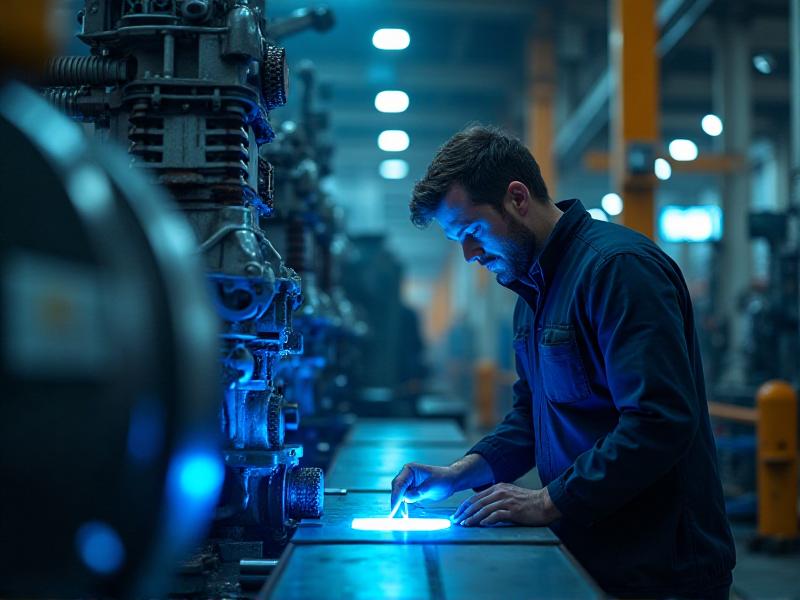
Challenges and Limitations of UV Light Detection
While UV light detection offers many advantages, it is not without its challenges and limitations. One of the primary challenges is the need for a controlled environment. UV light detection works best in dark or dimly lit environments, as ambient light can interfere with the fluorescence of the materials being inspected. This can make it difficult to use UV light detection in brightly lit areas or outdoor settings.
Another limitation of UV light detection is its dependence on the type of materials being inspected. Not all materials fluoresce under UV light, and some may require special coatings or treatments to be detectable. This can limit the effectiveness of UV light detection in certain applications, particularly when inspecting tools made from non-fluorescent materials.
Additionally, UV light detection requires specialized equipment, including UV light sources and protective eyewear. While the equipment is relatively inexpensive, it can still be a barrier for small businesses or individuals who may not have the resources to invest in the necessary tools. Proper training is also required to use UV light detection effectively, as improper use can lead to inaccurate results.
Finally, UV light detection is not foolproof. While it can reveal hidden repairs and defects, it cannot provide information about the structural integrity of the tool or the quality of the repair. Additional inspection methods may be required to fully assess the condition of a tool, making UV light detection just one part of a comprehensive inspection process.
Future Trends in UV Light Detection Technology
As technology continues to advance, so too does the field of UV light detection. One of the most exciting trends is the development of more portable and user-friendly UV light detection devices. These devices are designed to be lightweight and easy to use, making them ideal for on-site inspections and fieldwork. Some even come with built-in cameras and software that can analyze and document the findings, providing a more comprehensive inspection process.
Another trend is the integration of UV light detection with other inspection technologies. For example, some companies are developing systems that combine UV light detection with thermal imaging or X-ray technology. This allows for a more thorough inspection of tools and equipment, providing a complete picture of their condition and any hidden repairs or defects.
Advancements in materials science are also driving innovation in UV light detection. Researchers are developing new fluorescent materials and coatings that can be applied to tools and equipment, making them more easily detectable under UV light. This could expand the range of applications for UV light detection, making it a more versatile and effective inspection method.
Finally, there is a growing focus on improving the accessibility and affordability of UV light detection technology. As the demand for UV light detection grows, manufacturers are working to reduce the cost of equipment and make it more widely available. This could open up new opportunities for small businesses and individuals to use UV light detection in their own inspections, improving overall safety and reliability in various industries.

